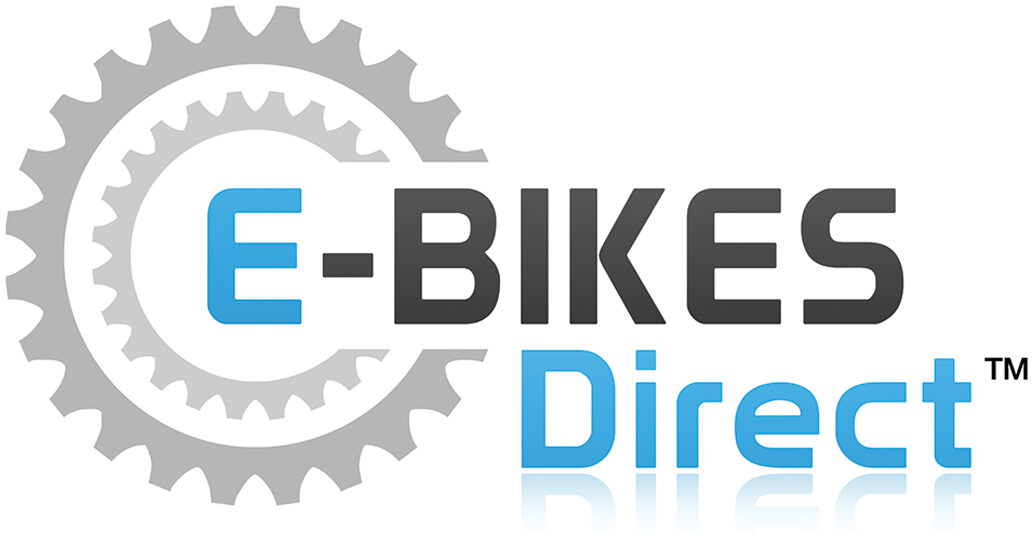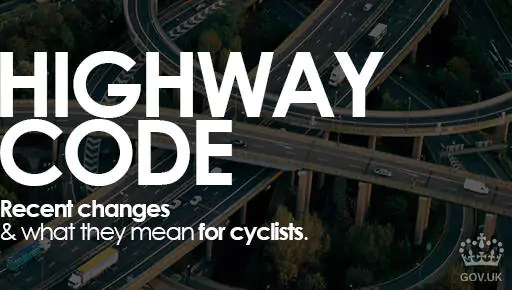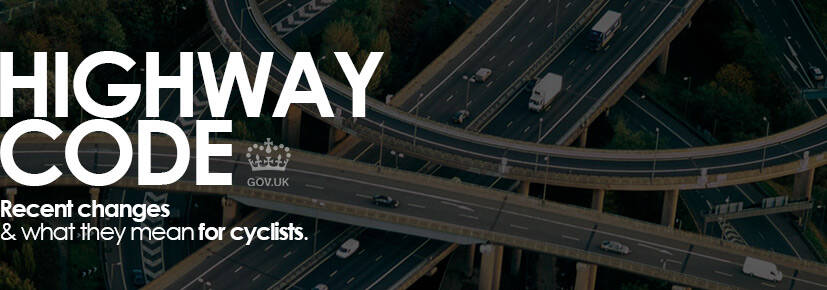Passing Distance, Lane Positioning & More. Road Ragers – Take Heed!
As of 29th January 2022, the highway code is changing, and there are a few adaptations that we all as motorists and indeed cyclists need to get familiar with to keep our roads as safe as possible. Now, while you might think motorists have utter priority on our roads and highways, these changes seem to in fact reflect that “the hierarchy places those road users most at risk in the event of a collision at the top of the hierarchy”. Great news for us cyclists!.
If you’re a motorist in the UK, from the moment you start learning to drive, you’re taught the ways of the road and the code is something you need to be familiar with in order to qualify. This knowledge is put to practice every time you step foot in a car, and costly expenses such as insurance, tax & MOT tend to come with a level of commitment toward following the code and of course a responsibility to bear other road users in mind at all times.
Cycling, on the other hand, tends to be perceived as a leisurely form of transport and legally requires no training, qualification or financial commitment. Cyclist can hop on any old (and perhaps unsafe!) bicycle and hit the road with only the intention of getting from A-B. A lot of cyclists rely on their bicycle through lack of the ability to drive, thus having no legitimate road training and as a result, no knowledge of the Highway Code.
Get to know!
Our aim with this blog is to simply explain the key changes to the code in order to keep motorists and indeed savvy cyclists up to date, but also, hopefully, educate some of the less experienced cyclists of the legalities, etiquette, and if not followed, potential dangers of British roads.
Pedestrians crossing at a junction
The updated code will clarify that:
- When people are crossing or waiting to cross at a junction, other traffic should give way.
- If people have started crossing and traffic wants to turn into the road, the people crossing have priority and the traffic should give way.
- People driving, riding a motorcycle or cycling must give way to people on a zebra crossing and people walking and cycling on a parallel crossing. (A parallel crossing is similar to a zebra crossing, but includes a cycle route alongside the black and white stripes.
Walking, cycling or riding in shared spaces
“There will be new guidance in the code about routes and spaces which are shared by people walking, cycling and riding horses. People cycling, riding a horse or driving a horse-drawn vehicle should respect the safety of people walking in these spaces, but people walking should also take care not to obstruct or endanger them.”
People cycling are asked to:
- Do not pass people walking, riding a horse or driving a horse-drawn vehicle closely or at high speed, particularly from behind.
- Slow down when necessary and let people walking know they are there (for example, by ringing their bell).
- Remember that people walking may be deaf, blind or partially sighted.
- Do not pass a horse on the horse’s left
Road positioning when cycling
There will be updated guidance for people cycling about positioning themselves which includes:
- Riding in the centre of their lane on quiet roads, in slower-moving traffic and at the approach to junctions or road narrowings
- Keeping at least 0.5 metres (just over 1.5 feet) away from the kerb edge (and further where it is safer) when riding on busy roads with vehicles moving faster than them
Cycling in groups
The updated code will explain that people cycling in groups:
- Cyclists should be considerate of the needs of other road users when riding in groups
- Cyclists can ride 2 abreast – and it can be safer to do so, particularly in larger groups or when accompanying children or less experienced riders
People cycling are asked to be aware of people driving behind them and allow them to overtake (for example, by moving into single file or stopping) when it’s safe to do so.
People cycling passing parked vehicles.
The updated code will explain that people cycling should:
- Take care when passing parked vehicles, leaving enough room (a door’s width or 1 metre) to avoid being hit if a car door is opened
- watch out for people walking into their path
Overtaking when driving or cycling
You may cross a double-white line if necessary (provided the road is clear) to overtake someone cycling or riding a horse if they are travelling at 10 mph or less (Rule 129).
There will be updated guidance on safe passing distances and speeds for people driving or riding a motorcycle when overtaking vulnerable road users, including:
- Leaving at least 1.5 metres (5 feet) when overtaking people cycling at speeds of up to 30mph, and giving them more space when overtaking at higher speeds.
- Passing people riding horses or driving horse-drawn vehicles at speeds under 10 mph and allowing at least 2 metres (6.5 feet) of space.
- Allowing at least 2 metres (6.5 feet) of space and keeping to a low speed when passing people walking in the road (for example, where there’s no pavement).
Wait behind them and do not overtake if it’s unsafe or not possible to meet these clearances.
People cycling passing slower-moving or stationary traffic
The updated code will confirm that people cycling may pass slower-moving or stationary traffic on their right or left.
They should proceed with caution as people driving may not be able to see them. This is particularly important:
- On the approach to junctions
- when deciding whether it is safe to pass lorries or other large vehicles
Cycling at junctions
The code will be updated to clarify that when turning into or out of a side road, people cycling should give way to people walking who are crossing or waiting to cross.
There will be new advice about new special cycle facilities at some junctions.
Some junctions now include small cycle traffic lights at eye-level height, which may allow cyclists to move separately from or before other traffic. People cycling are encouraged to use these facilities where they make their journey safer and easier.
There will also be new guidance for people cycling at junctions with no separate facilities.
The code will recommend that people cycling should proceed as if they were driving a vehicle where there are no separate cyclist facilities. This includes positioning themselves in the centre of their chosen lane, where they feel able to do this safely. This is to:
- Make them as visible as possible
- Avoid being overtaken where this would be dangerous
Cyclists turning right
The code will include advice for people cycling using junctions where signs and markings tell them to turn right in 2 stages. These are:
- Stage 1 – when the traffic lights turn green, go straight ahead to the location marked by a cycle symbol and turn arrow on the road, and then stop and wait
- Stage 2 – when the traffic lights on the far side of the junction (now facing the people cycling) turn green, complete the manoeuvre
People cycling have priority when going straight ahead at junctions
The code will clarify that when people cycling are going straight ahead at a junction, they have priority over traffic waiting to turn into or out of a side road, unless road signs or markings indicate otherwise.
People cycling are asked to watch out for people driving intending to turn across their path, as people driving ahead may not be able to see them.
People cycling, riding a Horse and driving horse-drawn vehicles on roundabouts
The code will be updated to clarify that people driving or riding a motorcycle should give priority to people cycling on roundabouts. The new guidance will say people driving and or riding a motorcycle should:
- not attempt to overtake people cycling within that person’s lane
- allow people cycling to move across their path as they travel around the roundabout
The code already explains that people cycling, riding a horse and driving a horse-drawn vehicle may stay in the left-hand lane of a roundabout when they intend to continue across or around the roundabout.
Guidance will be added to explain that people driving should take extra care when entering a roundabout to make sure they do not cut across people cycling, riding a horse or driving a horse-drawn vehicle who are continuing around the roundabout in the left-hand lane.
Information taken from GOV.UK*. As of 29th January 2022, a summary of every change to the Highway Code will be available on GOV.UK. It is important that all road users familiarise themselves with the code.
–
View the full Highway Code here.
–
Eagar to cycle, but don’t feel confident on two wheels?
Whether you’re new to the saddle, or you’re a lycra kitted savvy road cyclist, there’s always room to improve your skills and road sense… Metro recently published an article encouraging cyclists of all abilities to look into the many training services available in London alone. They explain that “London has lots of different options available to help budding cyclists get in the saddle, including quiet routes away from traffic, and the Santander Cycles hire scheme. There are also a number of free training sessions designed to give people the skills and confidence to get on their bike. From absolute beginners fine-tuning the skills of seasoned cyclists, TNL funds many sessions across the capital through all local boroughs”. Word on the street is, if you’re lucky, an organiser might lend you a bike! No excuse!
It’s all free of charge in an attempt to increase road safety for motorists and cyclists alike. With categorised training available, such as basic, urban, family cycling, advanced, and even online – regardless of your ability, or how/where you cycle, there’s tons of opportunity to gain the right skills and habits when in the saddle. Article published 25 January 2022.
Perhaps you’re confident on a bicycle but would benafit from a refresher? GOV.UK provide a free National standard for cycle training.
If you’re based in London, aren’t so confident on a bicycle and feel you’d benefit from more extensive, practical training, visit TFL for a full breakdown of your training options.
There’s so much support available across the UK, a quick Google is all you need!












